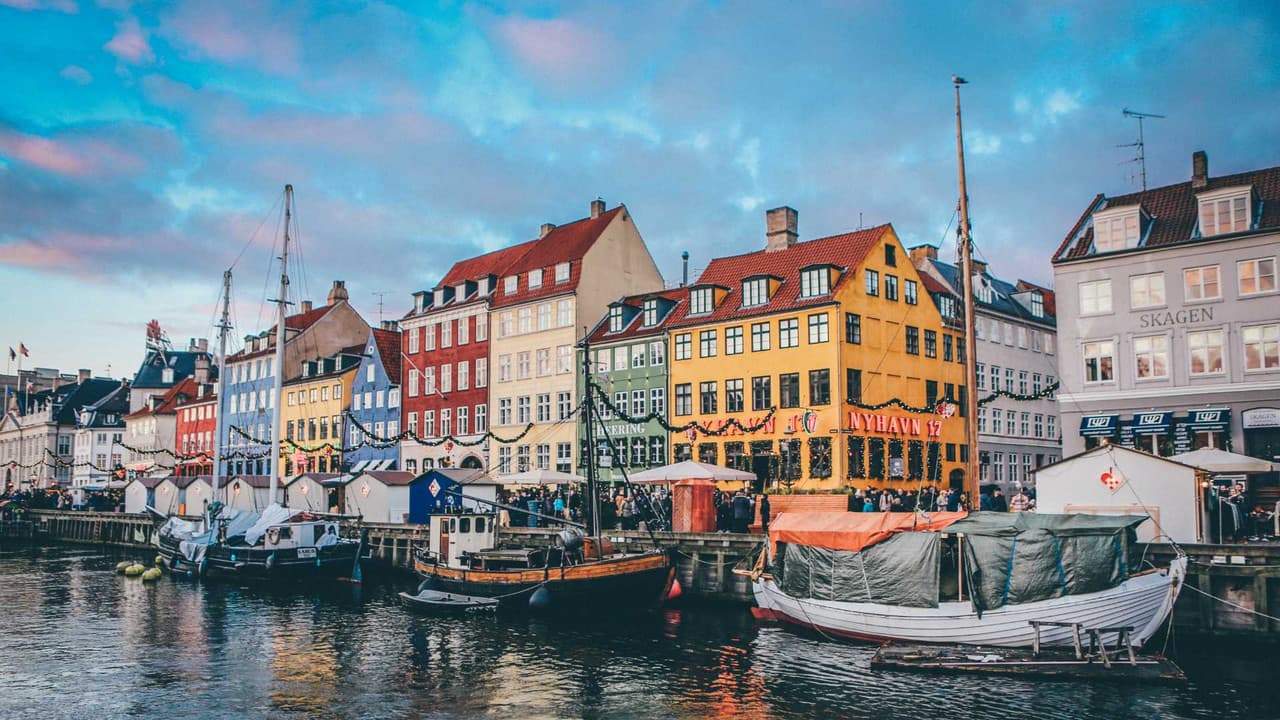Denmark is widely recognized for its robust framework of worker protections, often rooted in collective agreements between unions and employer organizations, alongside national legislation. This system, known as the "flexicurity" model, balances employers' flexibility in hiring and firing with strong social safety nets and active labor market policies for employees. Understanding these rights and obligations is crucial for companies operating or employing individuals within the country, ensuring compliance and fostering positive employee relations.
The legal landscape and collective agreements establish clear standards for employment relationships, covering everything from the initial contract to termination, working conditions, and workplace safety. Adhering to these standards is not just a legal requirement but also a fundamental aspect of operating responsibly within the Danish labor market.
Termination Rights and Procedures
Termination of employment in Denmark must generally be based on valid reasons, which can relate to the employee's conduct or the employer's operational needs. While the concept of "unfair dismissal" exists, the primary focus is often on adhering to correct procedures and providing adequate notice.
Notice periods are typically determined by the employee's length of service with the company, although collective agreements may specify different terms.
| Length of Service | Minimum Notice Period (Employer to Employee) |
|---|---|
| Up to 6 months | 1 month |
| 6 months to 3 years | 3 months |
| 3 years to 6 years | 4 months |
| 6 years to 9 years | 5 months |
| 9 years or more | 6 months |
Employees are generally entitled to a minimum notice period of one month when resigning, unless otherwise agreed or stipulated in a collective agreement. Summary dismissal without notice is only permissible in cases of serious misconduct.
Anti-Discrimination Laws and Enforcement
Danish law prohibits discrimination in employment based on several protected characteristics. These protections apply throughout the employment lifecycle, including recruitment, terms of employment, promotion, and termination.
| Protected Characteristic | Relevant Legislation |
|---|---|
| Race and Ethnic Origin | Act on Equal Treatment of Men and Women |
| Religion or Belief | Act on Prohibition of Discrimination in the Labour Market |
| Political Opinion | Act on Prohibition of Discrimination in the Labour Market |
| Sexual Orientation | Act on Prohibition of Discrimination in the Labour Market |
| Age | Act on Prohibition of Discrimination in the Labour Market |
| Disability | Act on Prohibition of Discrimination in the Labour Market |
| Gender | Act on Equal Treatment of Men and Women |
| Pregnancy and Maternity | Act on Equal Treatment of Men and Women |
Enforcement is handled by various bodies, including the Danish Institute for Human Rights and the courts. Employees who believe they have been subjected to discrimination can seek redress through legal channels, potentially including compensation.
Working Conditions Standards and Regulations
Working conditions in Denmark are heavily influenced by collective agreements, which often provide standards exceeding minimum legal requirements. However, national legislation sets fundamental rules regarding working hours, holidays, and leave.
- Working Hours: The Working Environment Act sets limits on working time, generally aligning with EU directives. While there isn't a strict legal maximum weekly hour limit for all employees, collective agreements often cap it around 37 hours. Rules exist regarding daily and weekly rest periods.
- Holidays: Employees are entitled to 25 days of paid holiday per year. Holiday pay or allowance is accrued based on earnings.
- Minimum Wage: Denmark does not have a statutory national minimum wage. Minimum wages are instead determined through collective bargaining between unions and employer organizations, varying significantly across sectors and roles.
- Leave: Legislation provides rights to various types of leave, including maternity/paternity leave, parental leave, and sick leave, often supplemented by more generous terms in collective agreements.
Workplace Health and Safety Requirements
Employers in Denmark have a legal duty to ensure a safe and healthy working environment for their employees. This involves identifying and assessing risks, implementing preventative measures, and providing necessary training and equipment.
- Risk Assessment: Employers must conduct systematic risk assessments (arbejdspladsvurdering - APV) to identify potential hazards and plan necessary actions.
- Work Environment Organization: Companies must establish a work environment organization involving both management and employee representatives, depending on the company size.
- Accident Reporting: Accidents and occupational diseases must be reported to the Danish Working Environment Authority (Arbejdstilsynet).
- Supervision: The Danish Working Environment Authority supervises compliance with health and safety regulations and can issue orders or penalties for violations.
Specific regulations cover areas such as ergonomics, exposure to hazardous substances, psychological work environment, and the use of machinery.
Dispute Resolution Mechanisms
Workplace disputes in Denmark can be resolved through several channels, depending on the nature of the issue and whether the employee is covered by a collective agreement.
- Internal Procedures: Many companies have internal grievance procedures.
- Union Involvement: For employees covered by collective agreements, unions play a significant role in negotiating with employers and representing employees in disputes. Issues are often handled through a structured process involving local and central union levels.
- The Danish Working Environment Authority: Handles issues related to health and safety regulations.
- The Danish Institute for Human Rights: Can provide guidance and assist in cases of discrimination.
- The Courts: Legal action through the civil courts is an option for resolving disputes, particularly those not covered by collective agreements or where other avenues have been exhausted.
- Mediation and Arbitration: These methods can also be used to resolve disputes outside of formal court proceedings, often facilitated by relevant industry bodies or legal professionals.
Employ top talent in Denmark through our Employer of Record service
Book a call with our EOR experts to learn more about how we can help you in Denmark







Book a call with our EOR experts to learn more about how we can help you in Denmark.
Trusted by more than 1000 companies around the globe



